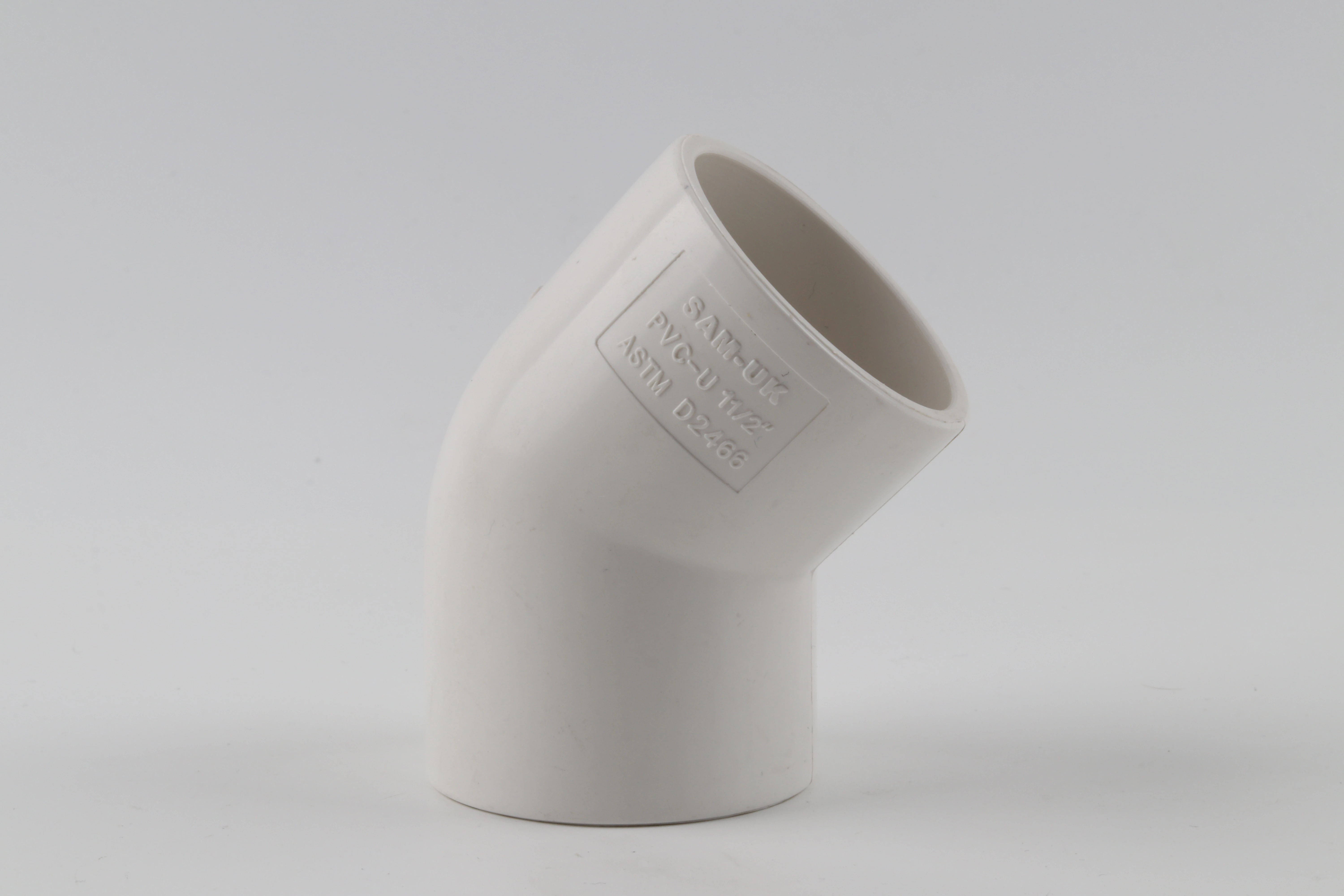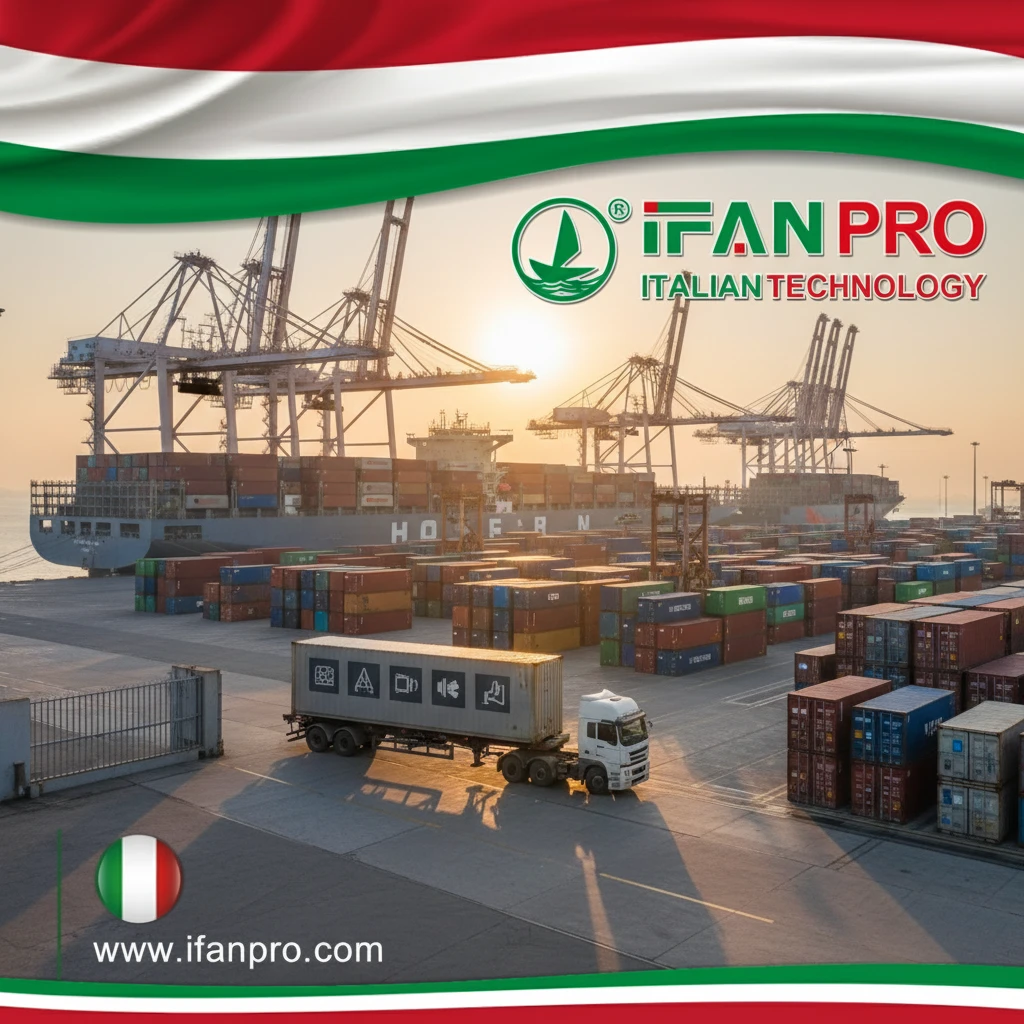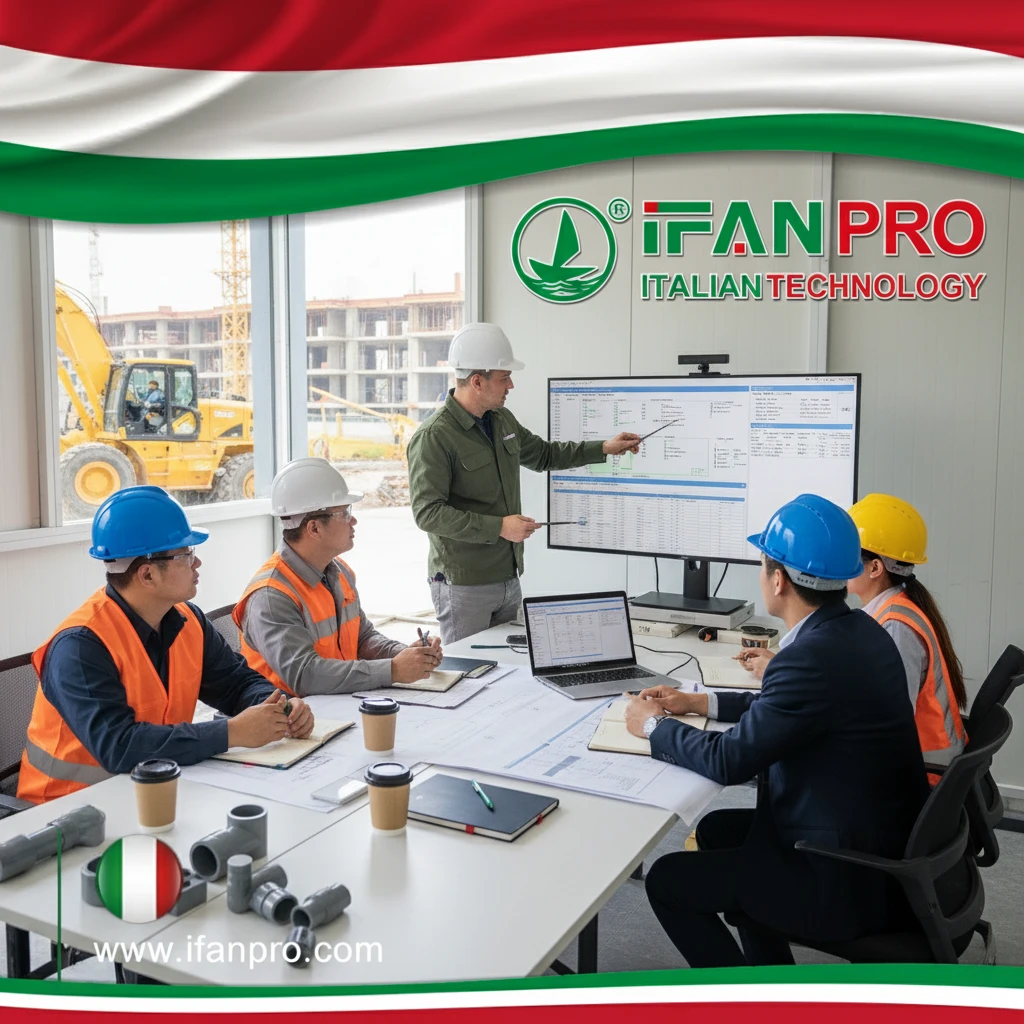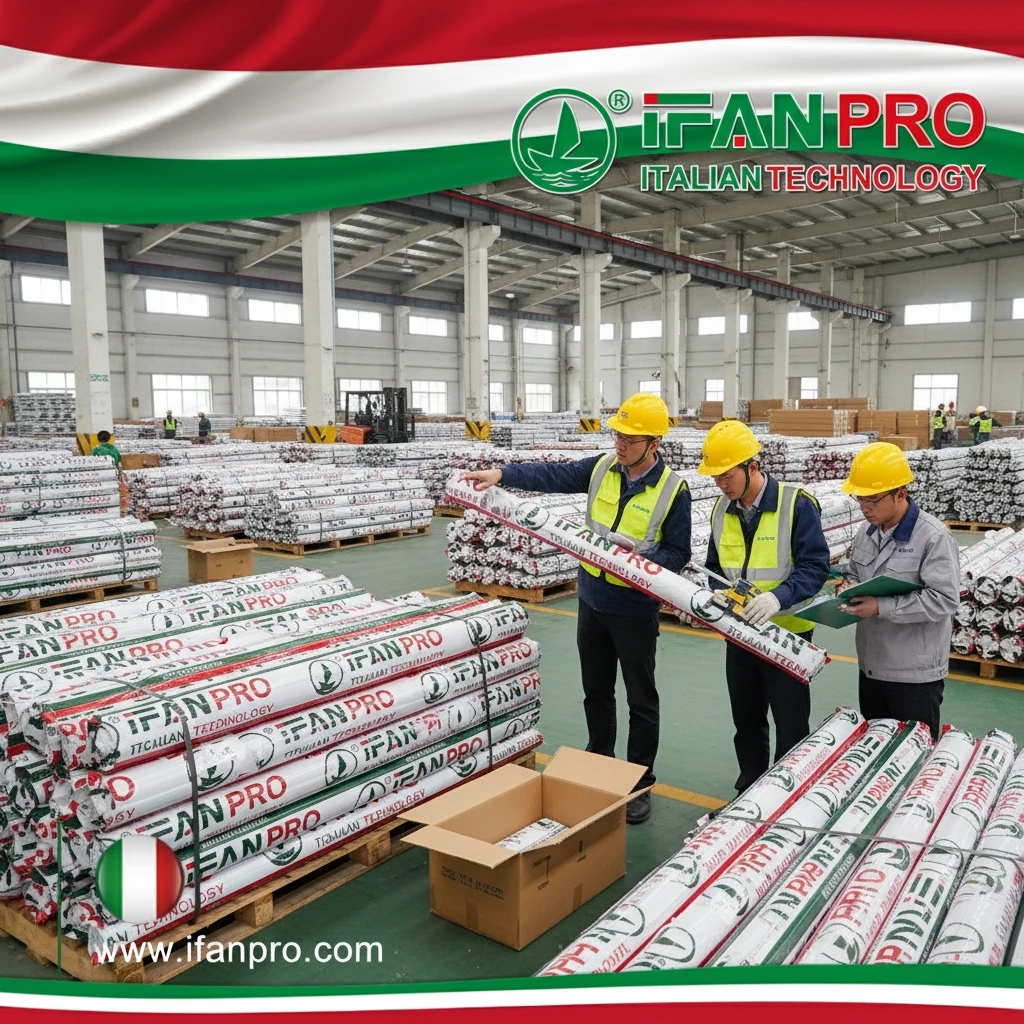During a recent coastal construction project, I witnessed how PVC components outperformed traditional materials by resisting salt corrosion where metal alternatives failed within months. This experience demonstrated PVC’s remarkable durability in challenging environments.
PVC building supplies offer exceptional durability, corrosion resistance, and cost-effectiveness for various construction applications. These materials provide long-lasting performance with minimal maintenance across residential, commercial, and industrial projects, making them ideal for plumbing systems, window profiles, electrical conduits, and exterior trim.
Understanding PVC’s versatile applications and proper selection criteria ensures optimal building performance. Additionally, correct installation techniques maximize material lifespan. Now, let’s explore how to effectively utilize PVC in your construction projects.
What Are the Most Common Applications for PVC in Construction Projects?

While managing a large-scale residential development, we standardized PVC materials across multiple applications. This approach reduced material costs by 15% and accelerated installation timelines through simplified procurement and familiar installation methods.
PVC’s most common construction applications include plumbing pipes, window profiles, electrical conduits, siding, flooring, and roofing membranes. Each application leverages PVC’s moisture resistance, durability, and cost-effectiveness while meeting specific performance requirements for different building zones.
Primary Application Areas
PVC serves multiple critical functions in modern construction. Firstly, in plumbing systems, PVC pipes dominate drainage and waste systems due to their excellent flow characteristics. Schedule 40 PVC handles most residential applications, while Schedule 80 provides extra strength for commercial projects. Their light weight simplifies handling compared to metal alternatives.
Secondly, window and door profiles benefit from PVC’s thermal insulation properties. Multi-chamber designs enhance energy efficiency, while UV-stabilized formulations prevent weathering. Moreover, white PVC profiles maintain appearance without painting, reducing long-term maintenance.
Thirdly, electrical conduits made from PVC protect wiring from moisture and physical damage. Their non-conductive properties provide additional safety, while flexible varieties simplify installation in complex routing situations.
Specialized Construction Uses
Beyond common applications, PVC serves specialized purposes:
| Application | PVC Type | Key Benefits | Typical Projects |
|---|---|---|---|
| Siding and Trim | Cellular PVC | Weather resistance, no rotting | Residential exteriors |
| Roofing Membranes | Flexible PVC | Waterproofing, durability | Commercial flat roofs |
| Flooring | PVC composite | Comfort, slip resistance | Healthcare, education |
| Fencing | PVC extruded | No maintenance, longevity | Residential boundaries |
How Does PVC’s Durability Benefit Long-Term Building Performance?
A 20-year study of school buildings revealed that PVC components required 75% less maintenance than alternative materials. This demonstrates how PVC’s durability translates into significant lifecycle cost savings and reduced operational disruptions.
PVC’s exceptional durability benefits buildings through corrosion resistance that prevents deterioration, impact strength that withstands physical abuse, UV stability that maintains appearance, and fire resistance that enhances safety. These characteristics collectively contribute to reduced maintenance costs and extended service life.
Durability Characteristics
PVC’s material properties deliver long-term performance advantages. For instance, its corrosion and chemical resistance prevents rusting when exposed to moisture or chemicals. This makes it ideal for plumbing systems and underground applications. Additionally, PVC maintains integrity in pH ranges from 2 to 12, outperforming many alternatives.
Furthermore, PVC’s impact and abrasion resistance protects against damage in high-traffic areas. This characteristic proves valuable in industrial settings and applications subject to physical abuse. Modified PVC formulations can further enhance impact resistance for demanding applications.
Another important feature is PVC’s weatherability and UV stability. Properly formulated compounds resist degradation from sunlight and temperature extremes. UV stabilizers prevent embrittlement and color fading, ensuring long-term performance in exterior applications.
Long-Term Performance Data
Research demonstrates PVC’s durability advantages through maintenance cost comparisons. Specifically, PVC windows require 80% less maintenance than wood, while PVC plumbing typically lasts 50+ years versus 20-30 years for metal systems. Similarly, PVC siding needs repainting every 10-15 years compared to 5-7 years for wood.
Lifecycle analysis results further reveal PVC’s benefits. For example, PVC roofing membranes typically last 20-30 years, while PVC pipes often exceed 50-year service life. Additionally, PVC window frames maintain performance for 25-35 years with minimal maintenance, providing excellent long-term value.
What Factors Should You Consider When Selecting PVC Building Materials?
A commercial project experienced costly delays when specified PVC pipes failed to meet local fire codes. This experience taught me that thorough selection criteria must extend beyond basic performance requirements to include regulatory compliance and installation practicalities.
Select PVC materials by evaluating application requirements, material specifications, regulatory compliance, and environmental conditions. Consider factors like pressure ratings for pipes, impact resistance for profiles, fire ratings for interior applications, and UV stabilization for exterior uses to ensure optimal performance.
Selection Criteria Framework
Implement a systematic approach to PVC material selection. Begin by identifying application-specific requirements. For plumbing, consider pressure ratings and chemical resistance. For structural applications, evaluate load-bearing capacity and dimensional stability. For exterior uses, prioritize UV resistance and weatherability.
Next, verify that materials meet relevant industry standards. Check for ASTM specifications for quality, NSF certifications for potable water applications, UL ratings for electrical uses, and building code compliance for your region. These certifications ensure materials meet minimum performance and safety standards.
Additionally, assess environmental considerations including temperature ranges, chemical exposure, moisture levels, and mechanical stress factors. These conditions determine the appropriate PVC formulation and required additives for long-term performance.
Selection Guidelines Table
Use this reference for common PVC selection decisions:
| Application | Key Selection Factors | Recommended Specifications | Avoid These Mistakes |
|---|---|---|---|
| Plumbing pipes | Pressure rating, chemical resistance | Schedule 40/80, NSF certified | Using non-potable rated pipe for drinking water |
| Window profiles | Thermal performance, UV stability | Multi-chamber, UV stabilized | Selecting interior grade for exterior use |
| Electrical conduit | Impact strength, flexibility | UL listed, proper wall thickness | Using thin-wall where physical protection needed |
| Exterior trim | Weatherability, expansion | Cellular PVC, UV protected | Installing without expansion joints |
How Do You Properly Install and Maintain PVC Components in Construction?
We developed comprehensive installation protocols after investigating premature failures in multiple projects. Our research discovered that most issues resulted from improper handling or installation techniques rather than material defects.
Proper PVC installation requires correct joint assembly, adequate support spacing, thermal expansion allowance, and construction phase protection. Regular maintenance involves visual inspections, compatible cleaning products, and immediate damage repair to maintain performance and appearance throughout the product lifespan.
Installation Best Practices
Follow these techniques for reliable PVC installations. First, for joint assembly in plumbing applications, use primer and solvent cement specifically formulated for PVC. Apply primer evenly to both surfaces, then apply cement and join with a quarter-turn twisting motion. Hold joints firmly for 30 seconds to prevent push-out, and allow full cure time before pressure testing.
Next, ensure proper support and fastening by installing supports at recommended intervals. Typically, this means every 4 feet for horizontal pipes and every 10 feet for vertical pipes. Use appropriate hangers that don’t compress or distort pipes. For PVC trim and siding, follow manufacturer fastening guidelines regarding nail placement and spacing.
Additionally, account for thermal expansion in long runs. Remember that PVC expands approximately 1/4 inch per 10 feet for every 50°F temperature change. Use expansion joints, offsets, or loops in piping systems accordingly. For siding and trim, follow spacing recommendations at joints and ends to accommodate movement.
Maintenance Protocols
Proper maintenance ensures long-term performance through routine inspection schedules. Conduct semi-annual inspections checking for cracks, discoloration, or deformation in visible components. Monitor for leaks in plumbing systems, examine electrical conduits for damage, and check exterior components for weathering or impact damage.
For cleaning and care, use mild soap and water for PVC surfaces while avoiding abrasive cleaners or solvents that can cause damage. For stubborn stains, use specialized PVC cleaners. Furthermore, regularly remove debris from gutters and drainage systems to prevent blockages and water damage.
When repair and replacement become necessary, address damage promptly to prevent worsening. For minor cracks in non-pressure applications, use PVC epoxy repair compounds. For plumbing repairs, cut out damaged sections and use couplings for replacement. Importantly, always use identical material type and grade for replacements to maintain system integrity.
Заключение
PVC building supplies offer versatile, durable solutions for various construction applications when selected based on specific performance requirements and installed using proper techniques. Regular maintenance and prompt repairs ensure long-term performance, making PVC a cost-effective choice for projects seeking durability and reduced lifecycle costs.













Последние комментарии